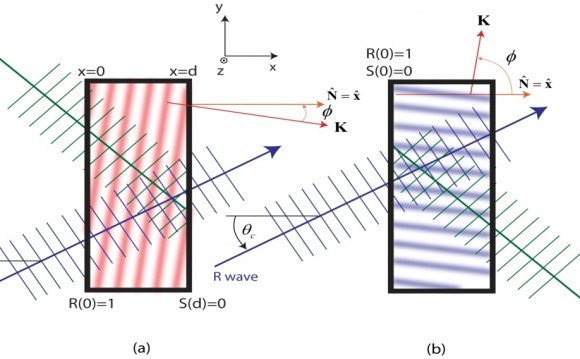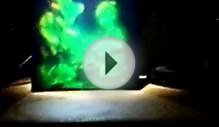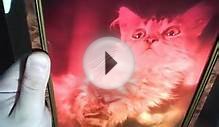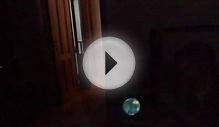
University of Wisconsin
Rod Lakes
Holography comparison: transmission and reflection holograms
Transmission holograms: off axis
Transmission off-axis holograms require laser light to view the image.
The optical system usually involves a beam splitter and several beam spreading lenses to obtain object and reference light.
Fringes are typically spaced 1 micron to ten microns apart, wider than in a reflection hologram. Demands on recording medium and processing are therefore less stringent than in a reflection hologram.
The image can be very deep in that coherent light is used for viewing.
The coherence requirement for viewing may be reduced if a lens is used to form an image that is close to or straddles the film or plate.
Reflection holograms: Denisyuk single beam
These reflection holograms are viewable in white light. Nevertheless some spatial coherence is needed. Use a spotlight or sunlight. Fluorescent light does not work well.
The optical system is simple. Spread the laser beam with a beam spreading lens. Place the object behind the sensitive plate or film, which is transparent.
Reflection hologram images are usually much dimmer than off axis transmission images. The reason is that Bragg diffraction, which enables white light viewing, returns only a small range of wavelengths to the viewer, corresponding to a small fraction of the available light.
The fringes that form the image of a reflection hologram are spaced about half a wavelength apart, or about one third of a micron. These fringes are closer together than the fringes in a transmission hologram.
Closely spaced fringes are demanding of recording medium quality and processing quality. If the developer is old, reflection holograms will be murky but transmission holograms will likely be successful.
Closely spaced fringes entail a need for excellent stability of the optical system. The Denisyuk configuration provides a substantial measure of vibration immunity, but sufficient settling time must be allowed for transient motion of film or object to stabilize.
Best results are obtained with developers that are prepared once for each use. Pre-mixed developer such as D19 will work but the resulting hologram will not be as bright as with custom developer.
RELATED VIDEO











